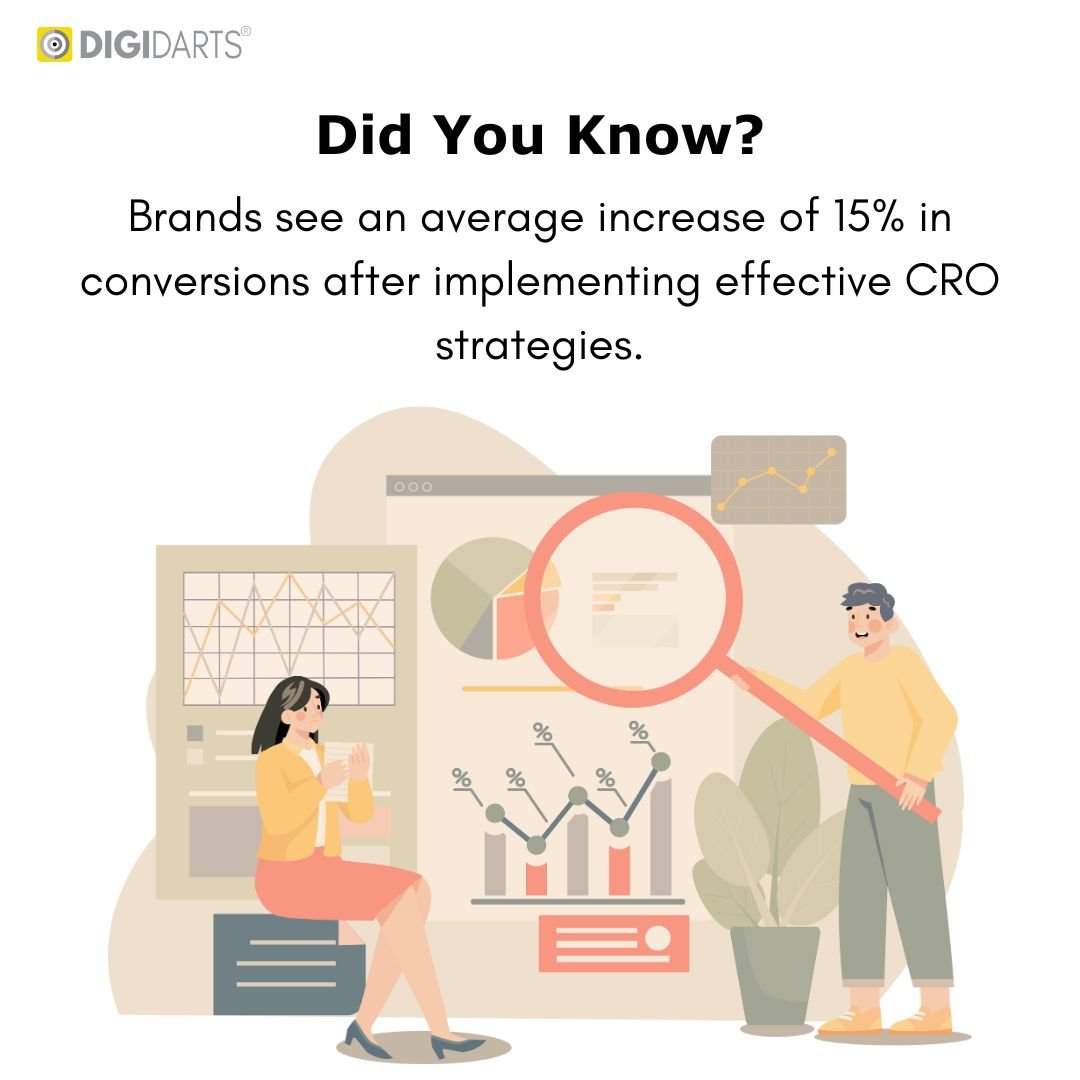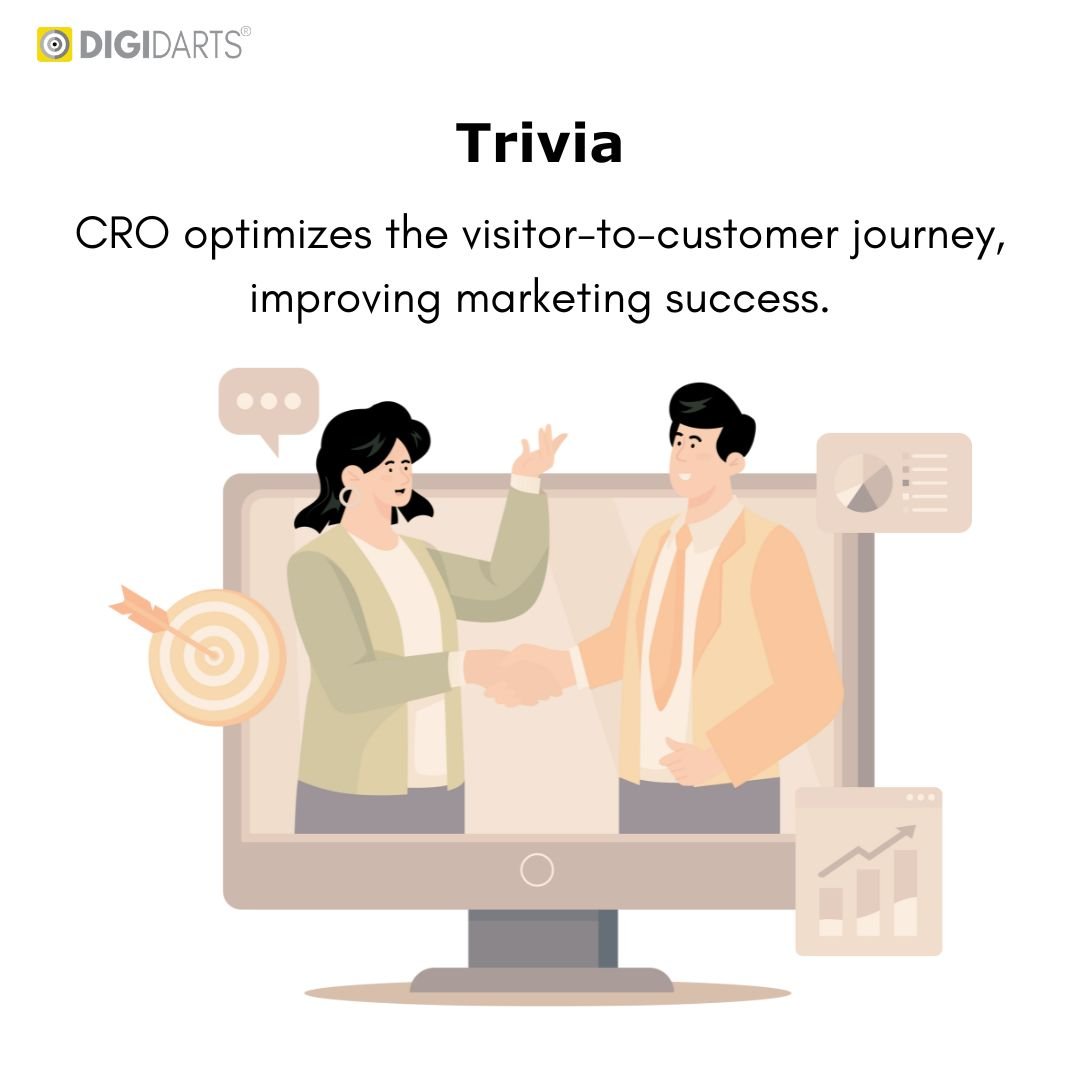In today's digital world, simply driving traffic to your website isn’t enough. The real challenge lies in converting visitors into customers. This is where Conversion Rate Optimization (CRO) steps in, a powerful tool that can elevate your performance marketing strategies to new heights.
Understanding CRO: The Catalyst for Growth
Conversion Rate Optimization is the process of enhancing your website or landing page to increase the percentage of visitors who complete a desired action, whether it’s making a purchase, signing up for a newsletter, or filling out a contact form.
CRO is not just about tweaking design elements. It’s a data-driven approach that leverages user behavior insights, testing, and best practices to maximize conversions.
The Relationship Between CRO and Performance Marketing
Performance marketing is all about measurable results. Whether you're focusing on lead generation, sales, or brand awareness, your goals are defined by KPIs such as click-through rates, cost per acquisition, and return on ad spend.
Integrating CRO into your performance marketing strategy ensures that the traffic you’re driving is not just passive but actively engaged and more likely to convert.
We at Digidarts as a top performance marketing agency study the marketing funnel using Decisionboard.AI which helps us analyze what makes users bounce off from our landing pages.
Essential CRO Techniques to Boost Your Performance Marketing
1. A/B Testing: It involves comparing two versions of a webpage or an ad to determine which one performs better.
This technique allows you to test everything from headlines and call-to-action buttons to images and overall layout, ensuring that your choices are backed by data rather than intuitions.
2. Personalized User Experience: By using data to understand user behaviour, preferences, and demographics, you can create tailored experiences that resonate with different audience segments,
Whether it’s dynamic content, personalized email campaigns, or custom landing pages, personalization can significantly boost conversion rates.
3. Optimized Landing Pages: An optimized landing page should be clear, concise, and focused on driving a specific action.
Key elements include a compelling headline, a strong value proposition, and a clear call to action.
4. Mobile Optimization: A mobile-friendly design ensures that users have a seamless experience regardless of the device they’re using.
Responsive design, fast loading times, and easy navigation are essential for keeping mobile users engaged and driving conversions.
5. Social Proof: Customer reviews, testimonials, and case studies, can be a powerful tool in building trust and credibility.
Featuring real-life success stories and positive feedback on your landing pages can help reassure potential customers that your product or service delivers on its promises, making them more likely to convert.
6. Clear and Compelling CTAs: Ensure your CTAs are clear, concise, and prominently placed. Use action-oriented language that tells the user exactly what to do, such as “Get Started Now” or “Claim Your Free Trial.”
Experiment with different colors, sizes, and placements to find what works best for your audience.
Measuring Success: Analyzing and Iterating
CRO is an ongoing process. Regularly analyzing your data, identifying areas for improvement, and iterating on your strategies are key to long-term success. Use tools like Google Analytics, Clarity and user feedback to gain insights into how users interact with your site and where there may be friction points.
Conclusion: Elevating Performance Marketing Through CRO
Incorporating CRO techniques into your performance marketing strategy is not just about increasing conversion rates, it’s about maximizing the value of every visitor that lands on your site. By focusing on the user experience, personalizing content, and constantly testing and iterating, you can elevate your performance marketing game and achieve your business goals more efficiently.

















